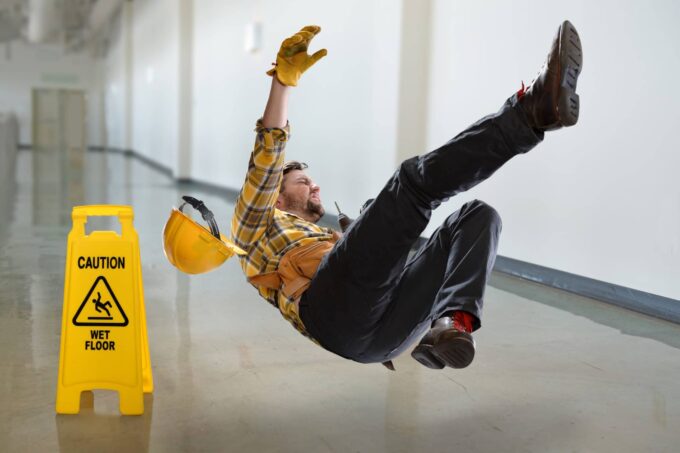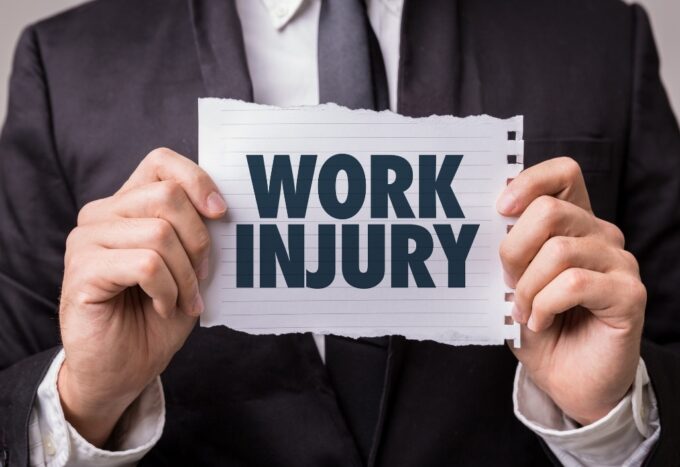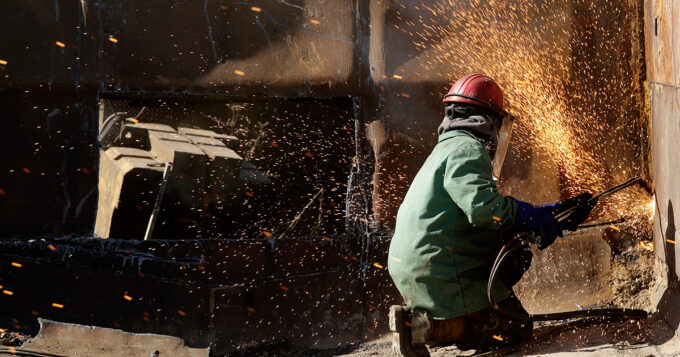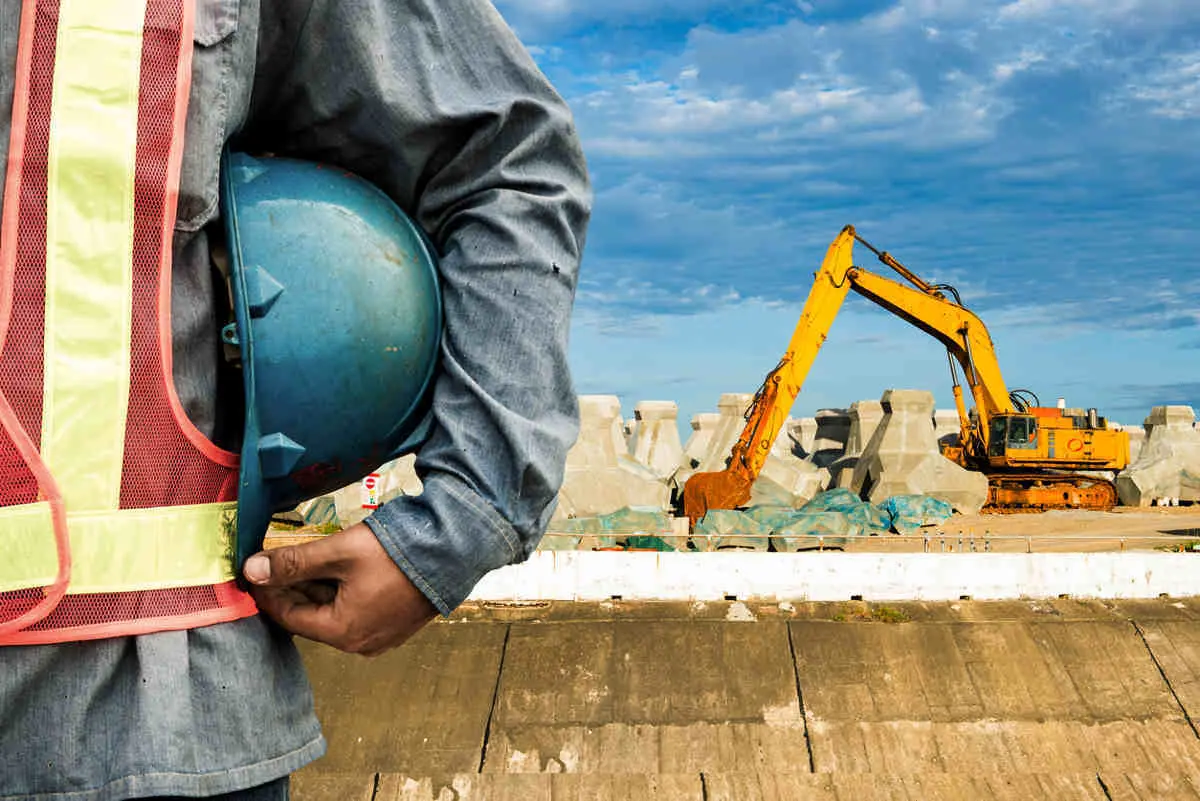Did you know that around one in five worker deaths in the U.S. occurs in the construction industry? That’s bad enough. But when you consider that construction workers account for a mere 6% of the labor force in the country, you can see there’s a big problem.
For every death, there are a lot more injuries. And some of these injuries require time off work, medical appointments, and even surgery.
According to Statista, the U.S. construction industry was worth $1.6 trillion last year and is expected to be worth more this year. While it’s noteworthy to point out the size of a sector that contributes so much to the economy, it’s also essential to highlight the issues the workers face.
Continue reading to look at injury and fatality statistics in the construction sector.
42 Crane-Related Fatalities Per Year

If you work in the construction industry or know people who do, you’re aware that cranes are must-have pieces of equipment in the sector. They’re used to lift or lower materials and to move them horizontally. But these pieces of heavy machinery need to be operated with care — otherwise, bad things can happen. For example, there are some 42 crane-related fatalities per year. And six out of 10 such incidents involve a falling object.
Construction Among the Riskier Occupations
As important as construction is to the U.S. economy, it’s also riskier than average. Workers in construction and extraction jobs as well as transportation and material moving jobs accounted for 47.4% of all fatal job injuries. For construction and extraction occupations, the number was 976. For transportation and material moving occupations, the number was 1,282.
Industry Leads in Falls, Trips, and Slips

In 2020, the construction sector accounted for a whopping 46.1% of falls, trips, and slips. And this wasn’t an anomaly. In fact, the statistic is similar to what it was in previous years.
“Fatal Four” Leading Causes of Death
The “fatal four” leading causes of death in the construction industry are falls, being caught in between objects, being struck by equipment, and electrocutions. These four leading causes account for north of 60% of all deaths in the construction industry. If that’s not an eye-opener, nothing is!
One in Four Workers Don’t Report Work-Related Injuries

According to one source, more than one in four respondents to a study said they have been in situations where they opted not to report injuries sustained on the job. Some said that they acted as they did because they felt that the injuries was relatively minor and others reasoned that pain was simply a part of the profession.
Arguably more surprisingly, some workers noted that they didn’t report injuries because they worried that:
- Their employers would retaliate;
- They would lose access to work opportunities; or
- They couldn’t afford to take time off work to seek medical attention.
174,100 Injury Cases
According to one source, there were 174,100 injury cases in the construction industry in 2020.
Workers Between 25 and 34 Most Likely to Get Hurt

It turns out that construction workers between the ages of 25 and 34 are more likely than construction workers outside of that age range to get injured on the job.
$1 Invested In Safety Nets Return of $4 to $6
It’s been found that businesses that invest $1 into safety training stand to save $4 to $6. So, it’s the sort of investment that gives back in terms of reduced costs, higher productivity, and better worker morale. Accidents and injuries on the job add up quickly. But businesses that invest in safety can see workers’ compensation claims and lost workdays go down.
In terms of safety programs, the Occupational Safety and Health Administration recommends that businesses do the following:
- Post their written safety and health policies so everyone can see them;
- Include workers in safety and health policymaking;
- Hold meetings focused on worker safety and health; and
- Invest time and resources into safety and health programs.
Majority of Workers Want More Training
One source notes that 55% of employees believe they require further safety training. If that wasn’t enough, 25% of them worry daily about the possibility of sustaining injuries.
Six of 10 Accidents Occur Early in Workers’ Careers

Another statistic highlights the importance of effective training — especially early in a construction worker’s career. More than 60% of construction accidents happen inside of a worker’s first year on the job. That’s telling. It demonstrates either that the work environments are unsafe or that workers are not following safety protocols. Perhaps it’s a combination of both. So, training is something businesses in the construction industry must invest in.
Majority of Workers Believe Productivity Trumps Safety

Almost seven of 10 construction workers believe that their employers prioritize greater productivity over safety. That’s something to take to heart, especially considering that the construction sector has the most fatalities annually.
The same survey finds that five out of 10 construction workers say that management does merely the minimum mandated by the law to keep workers safe. And nearly half of workers — specifically 47% — say workers are afraid to report safety problems.
OSHA Safety Certifications Take as Few as 10 Hours to Complete
Occupational Safety and Health Administration safety certifications take between 10 hours and 30 hours to complete. The cost ranges from $60 to $180. Based on construction sector data on injuries and deaths on the job, it would be more cost-effective for businesses to invest in training their workers.
The Stats Are Mind-Boggling

The construction industry has some work to do to build a culture of safety. If you work in the industry or know someone who does, it’s essential to know what steps to take if injured on the job. In addition to taking time off work to consult with a doctor, contacting a construction accident lawyer is essential.
You or someone you know could face a long road to recovery, which could mean surgery, taking time off work, and seeking regular medical care. If you have to cover everything out of pocket, you’ll have a great deal of stress on your hands. Consult with a legal professional to learn your options and get whatever compensation you deserve.








